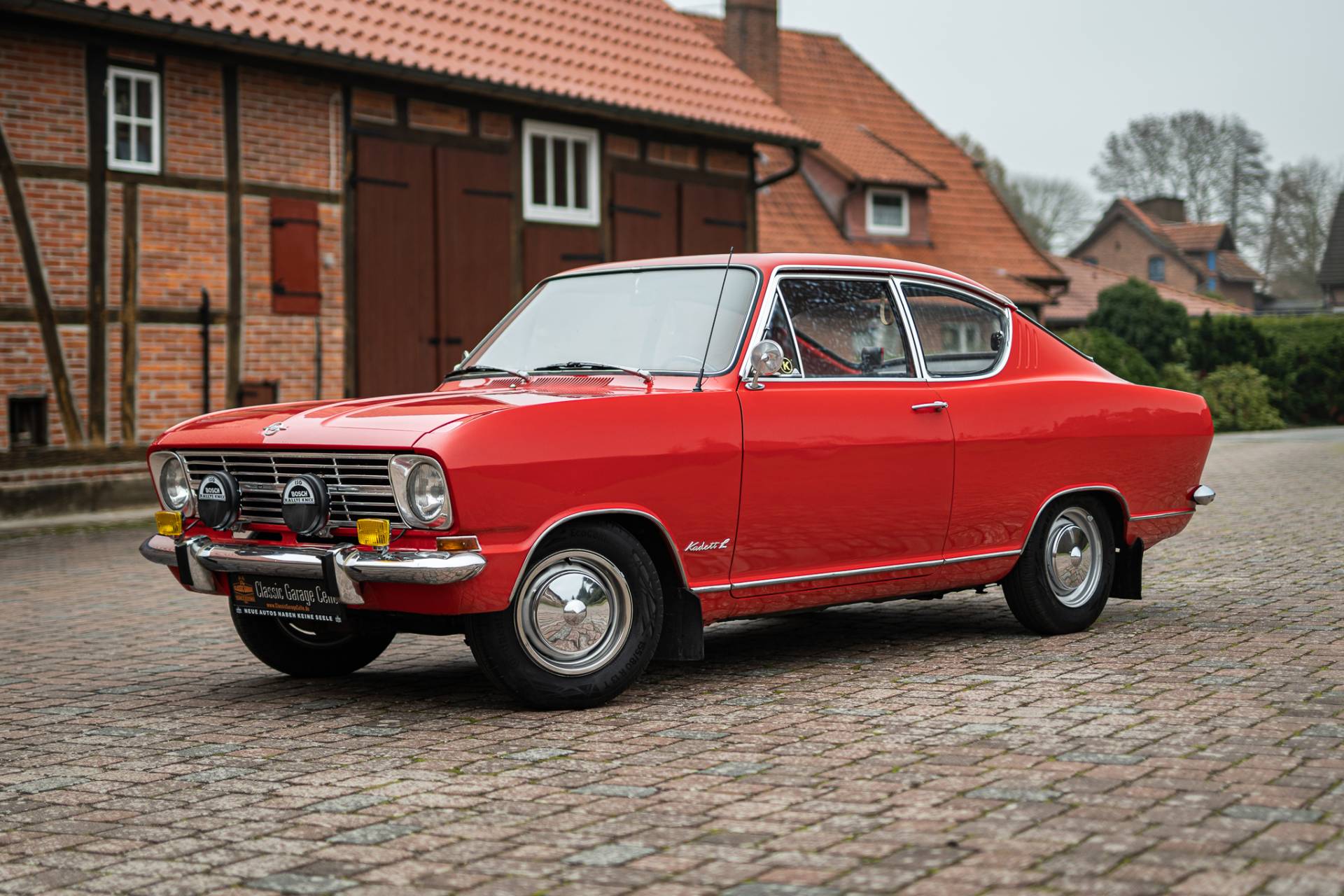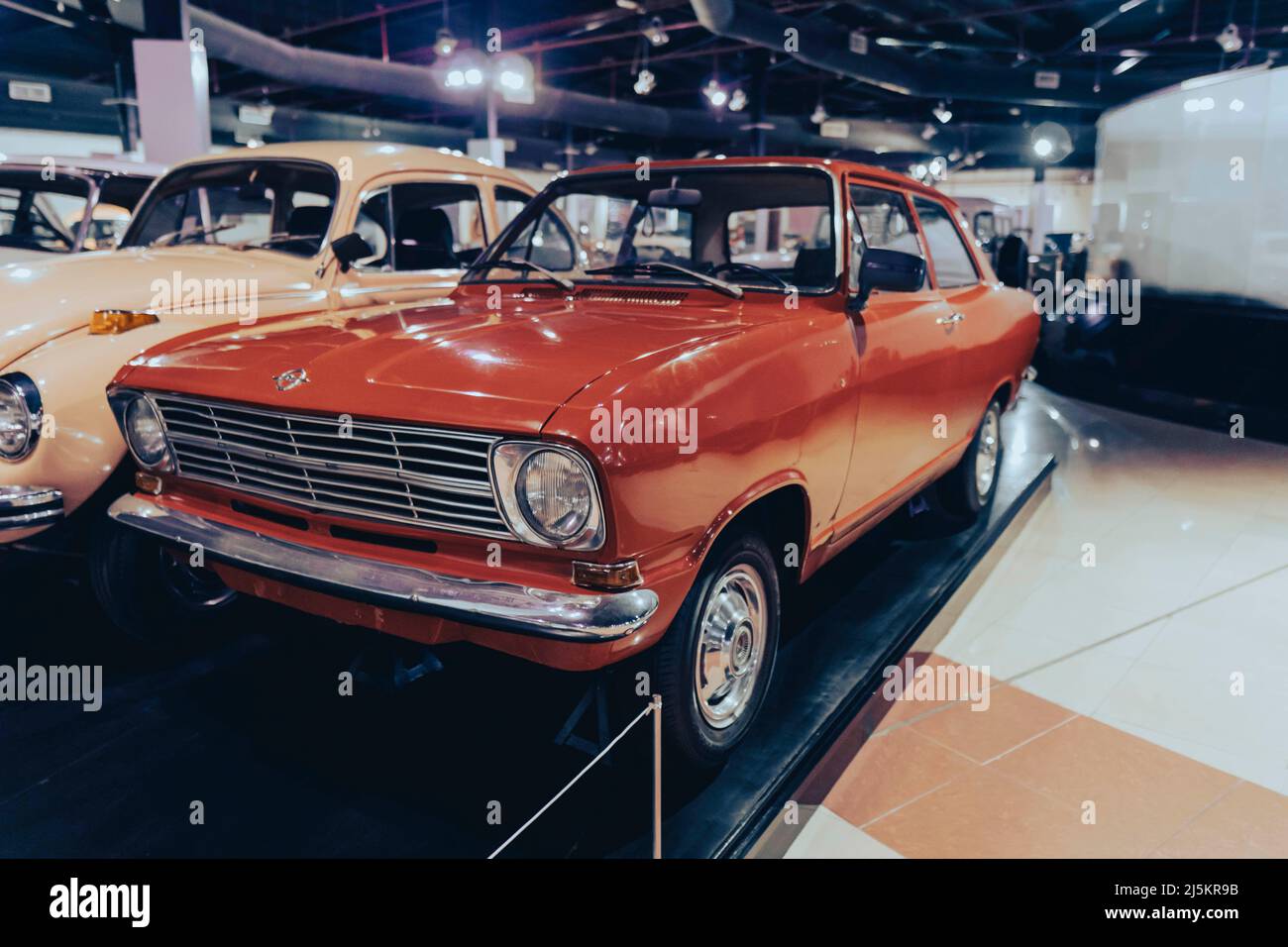The Opel Kadett Classic: A Timeless Icon Of German Engineering
The Opel Kadett Classic: A Timeless Icon of German Engineering
The Opel Kadett Classic: A Timeless Icon of German Engineering

The Opel Kadett, particularly its classic iterations, holds a special place in automotive history. This compact car, born in 1936, became a symbol of German engineering, affordability, and practicality, offering generations of drivers a reliable and enjoyable driving experience. This article delves into the world of the Opel Kadett Classic, exploring its evolution, key features, and enduring appeal.
A Legacy of Innovation:
The Opel Kadett’s journey began in 1936, with the first generation, aptly named the "Kadett A," emerging as a small and affordable car, designed to compete with the Volkswagen Beetle. It was powered by a modest 23-horsepower engine, but its simple design and practicality made it a popular choice for everyday commuting.
The Kadett B, launched in 1962, marked a significant leap forward. This generation introduced a larger body, a more powerful engine, and a modern design that reflected the growing popularity of compact cars. The Kadett B was available in a variety of body styles, including a two-door sedan, a four-door sedan, a station wagon, and a coupe, catering to a diverse range of needs.
The Kadett C, introduced in 1965, further refined the formula, featuring a more sophisticated suspension, improved interior comfort, and a wider range of engine options. This generation saw the introduction of the popular 1.1-liter engine, which provided a balance of performance and fuel efficiency.
Table of Content
The Kadett D, released in 1973, marked a departure from the previous generations, adopting a more angular and modern design. This generation was also the first to offer a hatchback body style, which proved to be a major success, appealing to a younger and more urban audience.
The Kadett E, launched in 1984, was the last of the classic Kadetts, and it further refined the model’s formula. It offered a wider range of engines, including the iconic 1.6-liter "GT/E" engine, which delivered impressive performance for its time.
Key Features and Innovations:
The Opel Kadett Classic was renowned for its well-engineered features, offering a combination of practicality, comfort, and reliability. Here are some of its key features that contributed to its success:
- Engine Options: The Kadett Classic offered a wide range of engine options, catering to diverse driving needs. From the economical 1.1-liter engine to the powerful 1.6-liter "GT/E," there was a Kadett for every driver.
- Body Styles: The Kadett Classic was available in a variety of body styles, including sedans, station wagons, hatchbacks, and coupes, providing flexibility for different lifestyles and preferences.
- A Time Capsule Of Style: Exploring The Citroën DS 1955 Interior
- A Blast From The Past: Exploring The Charm And Character Of Classic Chevrolet Vehicles
- The Chevrolet Bel Air Coupe: A Timeless Icon Of American Automotive History
- The Jaguar E-Type: A Timeless Icon, 60 Years On
- The Toyota Corona Classic: A Timeless Classic Reimagined
- Fuel Efficiency: The Kadett Classic was known for its fuel efficiency, making it an attractive option in an era of rising fuel prices.
- Practicality: The Kadett Classic was designed with practicality in mind, offering ample interior space and a large trunk for everyday use.
- Reliability: The Kadett Classic was built with German engineering precision, known for its durability and reliability, making it a trusted companion for years to come.


The Kadett Classic in Motorsport:
The Opel Kadett Classic also found success in motorsport. The Kadett B, in particular, became a popular choice for rally racing, with drivers like Walter Röhrl and Timo Salonen achieving significant success behind the wheel. The Kadett C also competed in touring car racing, showcasing its performance capabilities.
The Enduring Appeal of the Opel Kadett Classic:
The Opel Kadett Classic’s enduring appeal lies in its combination of affordability, reliability, and practicality. These cars offer a nostalgic experience, reminding drivers of a simpler time when cars were built to last. The Kadett Classic’s timeless design and enduring popularity make it a highly sought-after classic car, cherished by enthusiasts around the world.
A Closer Look at the Generations:
Kadett A (1936-1940):
The Kadett A was a small, affordable car designed to compete with the Volkswagen Beetle. It featured a simple, utilitarian design, powered by a 23-horsepower engine. Despite its modest performance, the Kadett A’s practicality and affordability made it a popular choice for everyday commuting.
Kadett B (1962-1965):
The Kadett B was a significant upgrade from its predecessor, featuring a larger body, a more powerful engine, and a modern design. It was available in a variety of body styles, including a two-door sedan, a four-door sedan, a station wagon, and a coupe. The Kadett B introduced the iconic 1.1-liter engine, which provided a balance of performance and fuel efficiency.
Kadett C (1965-1973):
The Kadett C further refined the formula, featuring a more sophisticated suspension, improved interior comfort, and a wider range of engine options. This generation saw the introduction of the popular 1.1-liter engine, which provided a balance of performance and fuel efficiency. The Kadett C was also available in a variety of body styles, including a two-door sedan, a four-door sedan, a station wagon, and a coupe.
Kadett D (1973-1979):
- A Time Capsule Of Style: Exploring The Citroën DS 1955 Interior
- A Blast From The Past: Exploring The Charm And Character Of Classic Chevrolet Vehicles
- The Chevrolet Bel Air Coupe: A Timeless Icon Of American Automotive History
- The Jaguar E-Type: A Timeless Icon, 60 Years On
- The Toyota Corona Classic: A Timeless Classic Reimagined
The Kadett D marked a departure from the previous generations, adopting a more angular and modern design. This generation was also the first to offer a hatchback body style, which proved to be a major success, appealing to a younger and more urban audience. The Kadett D was available with a range of engines, including the powerful 1.9-liter engine.
Kadett E (1984-1993):
The Kadett E was the last of the classic Kadetts, and it further refined the model’s formula. It offered a wider range of engines, including the iconic 1.6-liter "GT/E" engine, which delivered impressive performance for its time. The Kadett E was also available in a variety of body styles, including a three-door hatchback, a five-door hatchback, and a sedan.
The Legacy Continues:
Although the classic Opel Kadett has been discontinued, its legacy continues to inspire generations of drivers. The Kadett Classic remains a popular choice for collectors and enthusiasts, and its timeless design and enduring appeal ensure that it will continue to be cherished for years to come.
Restoration and Preservation:
Many Kadett Classic enthusiasts are passionate about restoring these vehicles to their former glory. The availability of parts and a vibrant community of owners make it relatively easy to find the necessary components to bring a Kadett back to life. Numerous online forums and clubs dedicated to the Kadett Classic offer a wealth of information and support for restoration projects.
Conclusion:
The Opel Kadett Classic is a testament to German engineering at its finest. This compact car, born in 1936, became a symbol of affordability, practicality, and reliability, offering generations of drivers a dependable and enjoyable driving experience. From its humble beginnings to its enduring popularity, the Opel Kadett Classic has left an indelible mark on automotive history, securing its place as a timeless icon. Its legacy continues to inspire enthusiasts and drivers alike, reminding us of a time when cars were built to last and offered a simple, yet fulfilling driving experience.
sure
Thus, we hope this article has provided valuable insights into The Opel Kadett Classic: A Timeless Icon of German Engineering. We thank you for taking the time to read this article. See you in our next article!
Posting Komentar untuk "The Opel Kadett Classic: A Timeless Icon Of German Engineering"